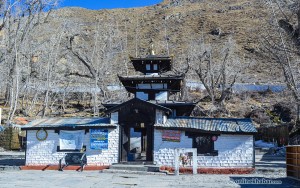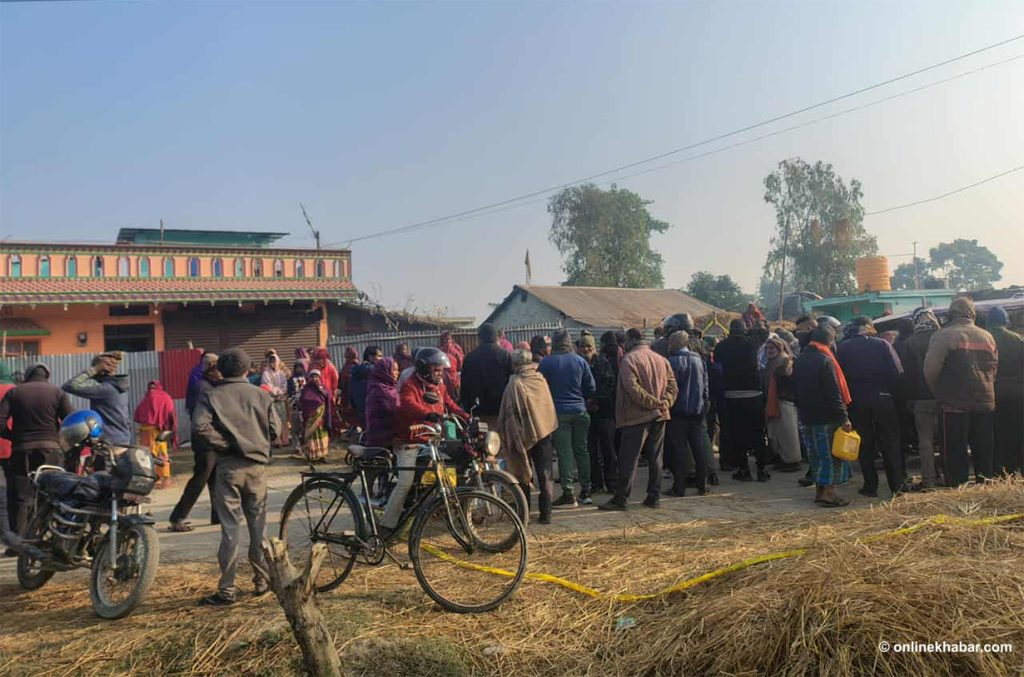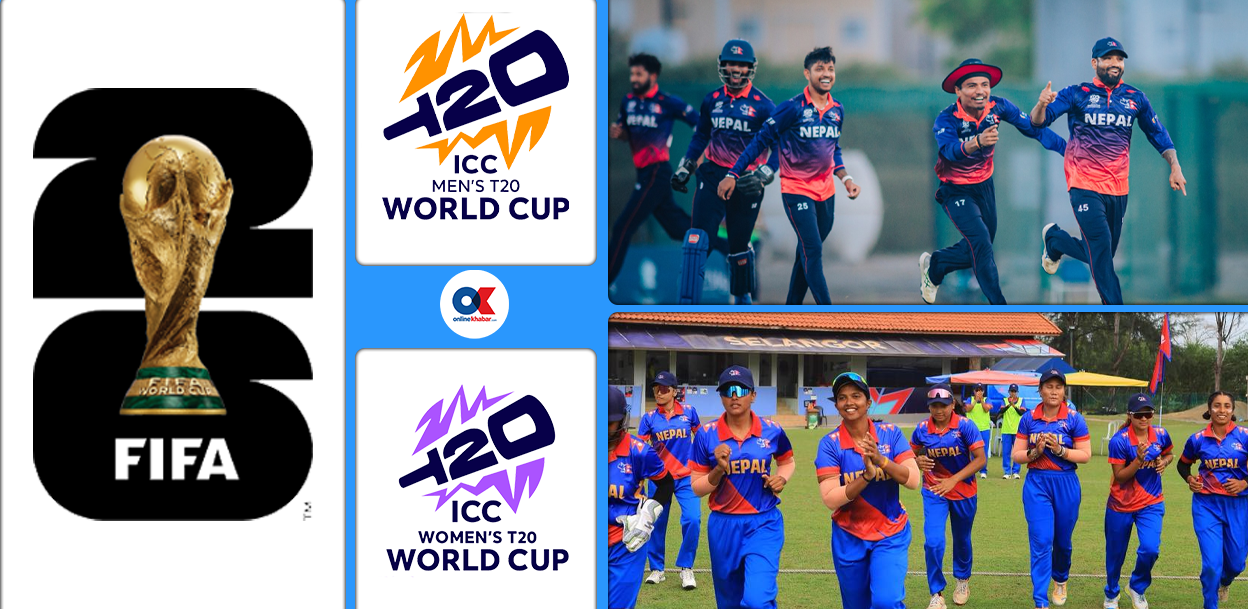Nepal’s Prime Minister Pushpa Kamal Dahal ‘Prachanda’ completed his visit to India this week, as he returned to Kathmandu claiming that his maiden foreign trip during his second stint as PM has helped take bilateral ties to a new height. He also reiterated that any agreement with India will not have a bearing on Kathmandu’s relations with Beijing, a concern raised in Nepal in the wake of some of the points that made it to the joint statement issued by the Prime Ministers.
Although Prachanda’s claim that ties between the two countries, which had reached a nadir last year after India imposed a blockade against Nepal, has reached a new high can be debated, there are signs of a paradigm shift in New Delhi, when it comes to ties with Kathmandu.
What are the signs?
1.
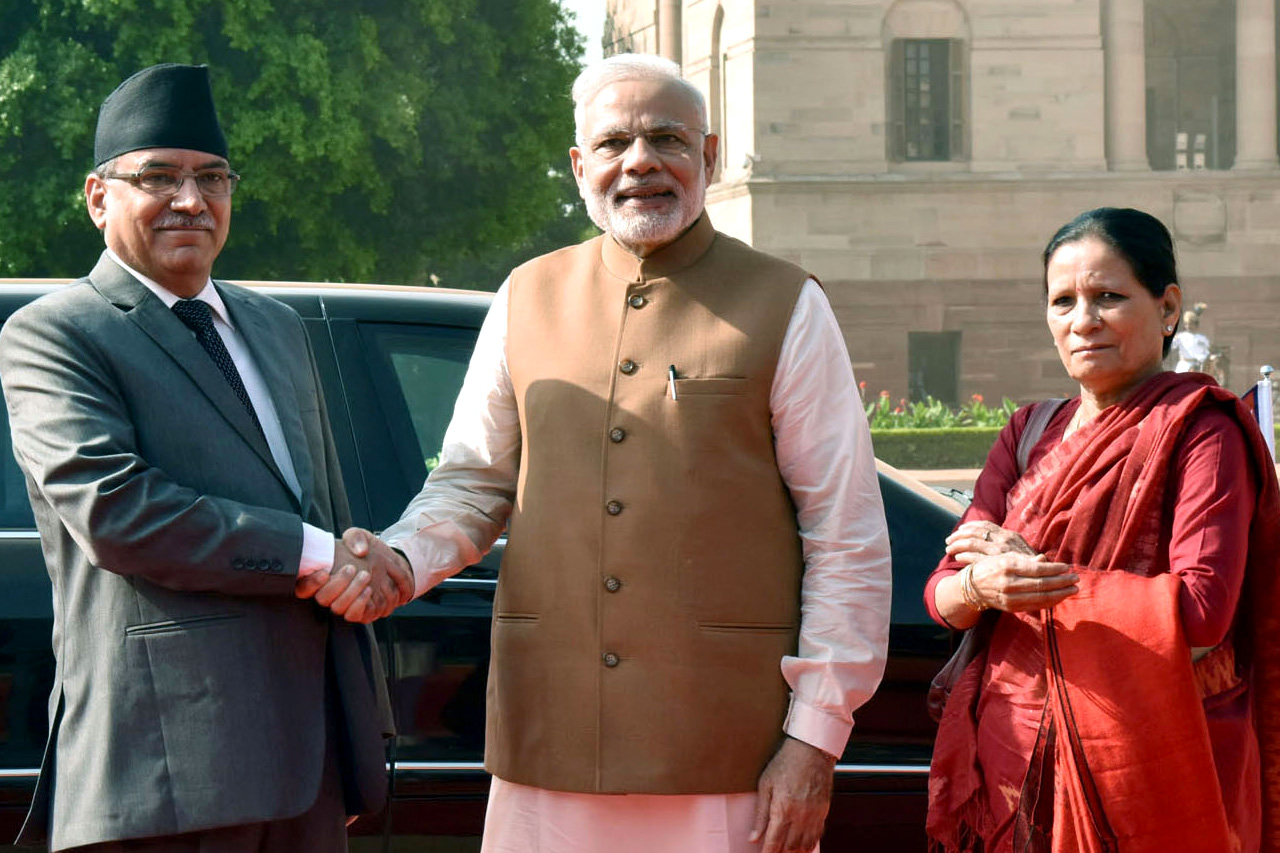
It was evident from day one of Prachanda’s visit that India welcomed Nepal’s Prime Minister and made sure it played good host. Prachanda himself looked pleased over the respect he received from the hosts. The Indian leaders he met, from Sharad Yadav to Rajnath Singh to Ashok Meheta, everyone was of the opinion that it was Prachanda who could provide apt leadership to Nepal, and unite the Madheshi and the Pahadi communities. They also said that Prachanda was their man to take Indo-Nepal ties forward.
This scribe observed that the Indian side put no pressure on Prachanda. They seem to have understood that pressing Prachanda on the constitution amendment issue or the hydroelectricity issue was not called for. It can be said that New Delhi decided to adopt a policy of appeasement this time.
2.

It could be clearly noticed that New Delhi, which decided not to welcome Nepal’s new constitution and imposed a blockade against Nepal instead, has a changed priority when it comes to bilateral ties. The changed priority was reflected in the way it received Prachanda’s predecessor Oli, but it became more visible this time around.
India now understands that its ties with Nepal now need to be governed by business interests. New Delhi, which implicitly supported the Madheshi movement in Nepal, now does not care who comes to power in Kathmandu, neither is it fussy about the constitution amendment issue. India’s concerns now revolve around Nepal’s natural resources, development projects, and the huge market it has for Indian products.
The struggle that Nepalis put up against the Indian blockade has prompted India to change its strategy in Nepal. It will no longer resort to ‘micro management’ in politics, but will intensify, and make up for it by doing so in business and development sectors.
3.
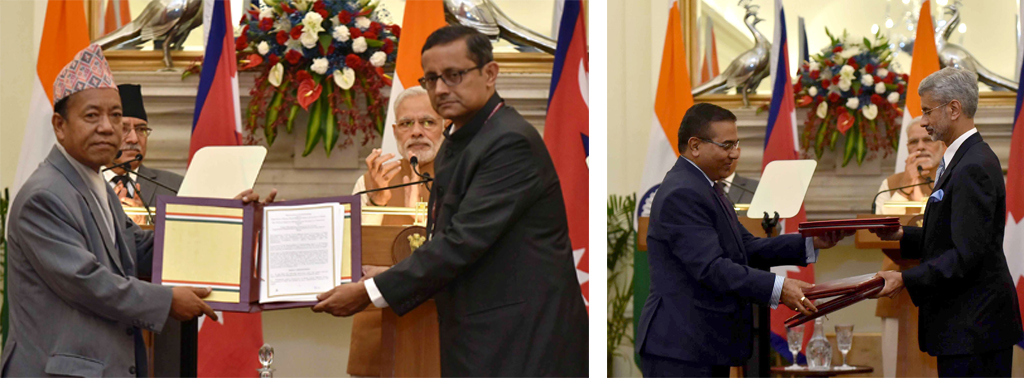
One of the priorities of India’s policy of appeasement is to counter China’s influence in Nepal, which has been steadily growing in the past few years. India wants Nepal to remain dependent on its products, and for Kathmandu to keep a safe distance from Islamabad.
It wants to increase its stake in Nepal’s development so that other countries do not take up its traditional role. For example, the all-important postal roads cannot be built under Nepal-Japan or Nepal-China cooperation now. India has established its monopoly on that project. This approach that New Delhi has taken raises a serious question about the model of development in Nepal. It could very well mean that landlocked Nepal will become development-locked and India would be the main reason behind it, yet again.
4.
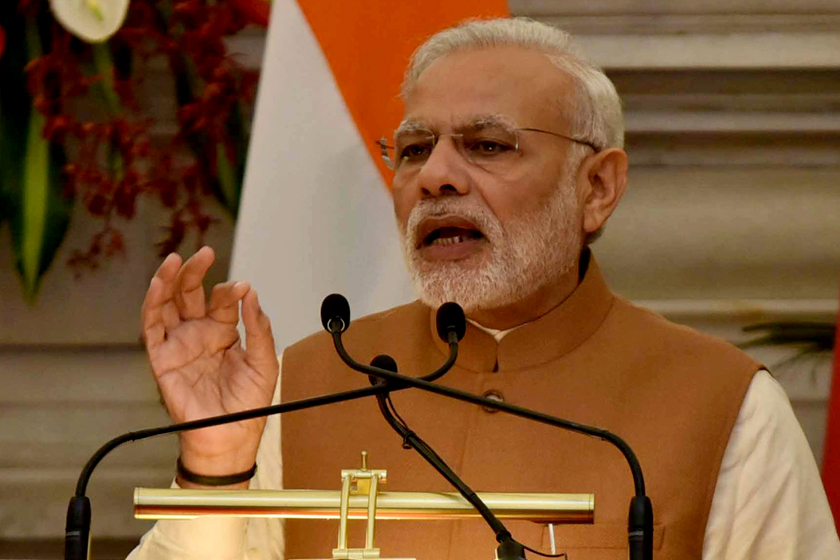
During his remarks to the press after meeting Prachanda, Modi did not use a ‘strong’ language to talk about Nepal’s constitution. This could be taken as a sign of a changed relationship between India and the Madheshi parties in Nepal. However, India is not in a mood to irk the Madheshis, either.
5.
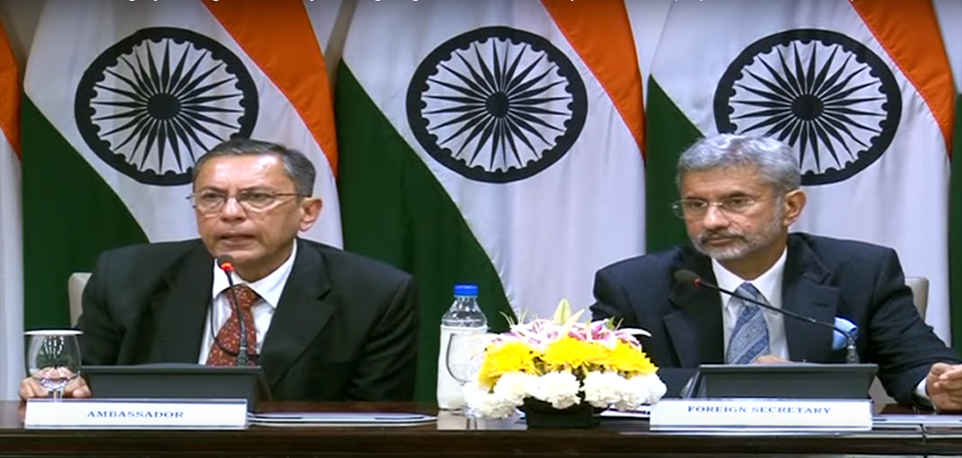
The joint statement issued after the Prachanda-Modi meeting says that a joint monitoring committee would be formed to oversee co-operation projects, and that would be done before the Indian President lands in Kathmandu in November. The statement says that the Indian embassy in Kathmandu will represent the Indian side in the soon-to-be-set-up mechanism. This is a sign that India wants to increase the involvement of the embassy in development activities in Nepal. This is reminiscent of the Tribhuvan era when the embassy played an unwanted role in Nepali politics.
6.
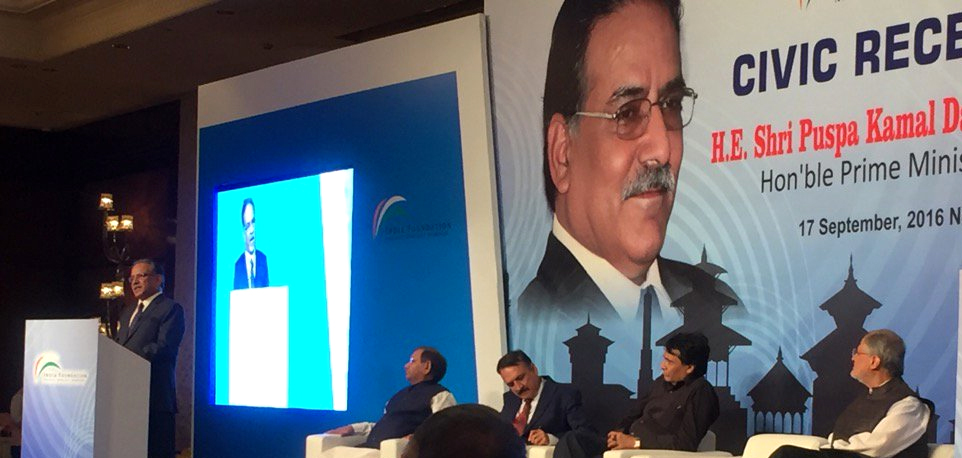
During his address to the businesspeople in India, Prachanda said that Nepal is ready to welcome Indian investment. He stressed on the fact that Nepal-India cooperation projects have not been completed on time. This is a sign of a changing paradigm, as Nepal’s visiting Prime Minister is giving more importance to economic agenda than the political one.
7.
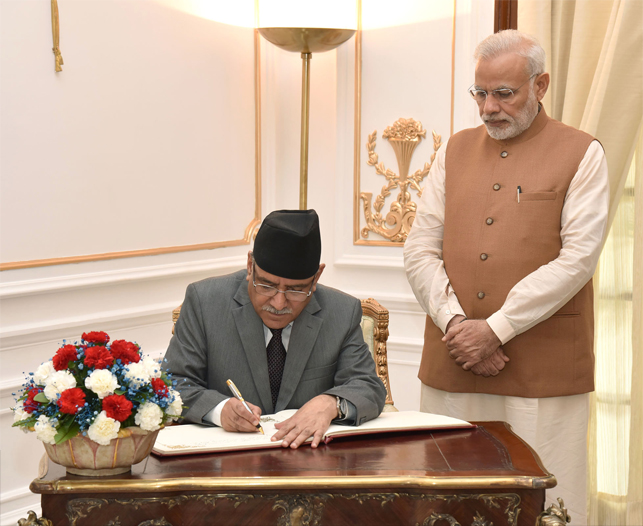
Although India has changed its short-term stance on Nepal, Kathmandu is yet to come to terms with the change. Kathmandu is still concerned about whether India welcomed the new constitution or not. Kathmandu has not realised that Nepal’s constitution and the Madheshi issue is no longer important to New Delhi.




